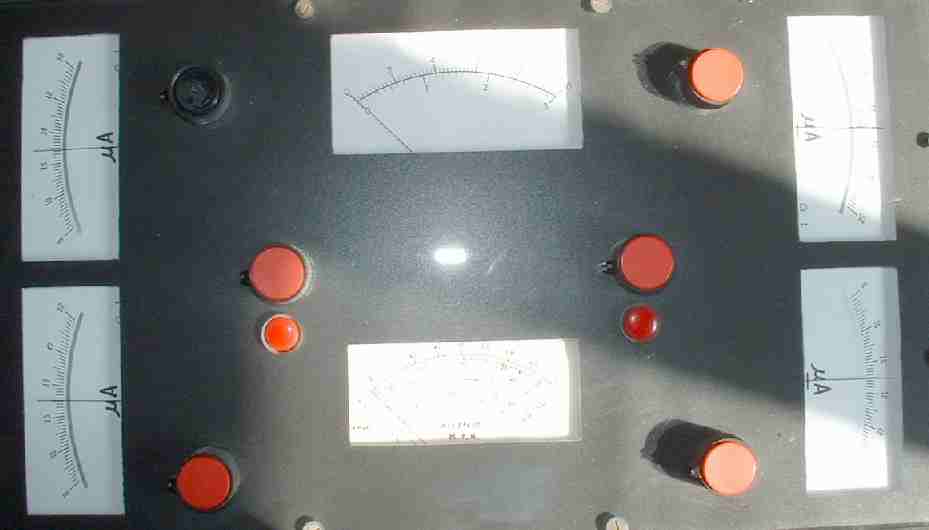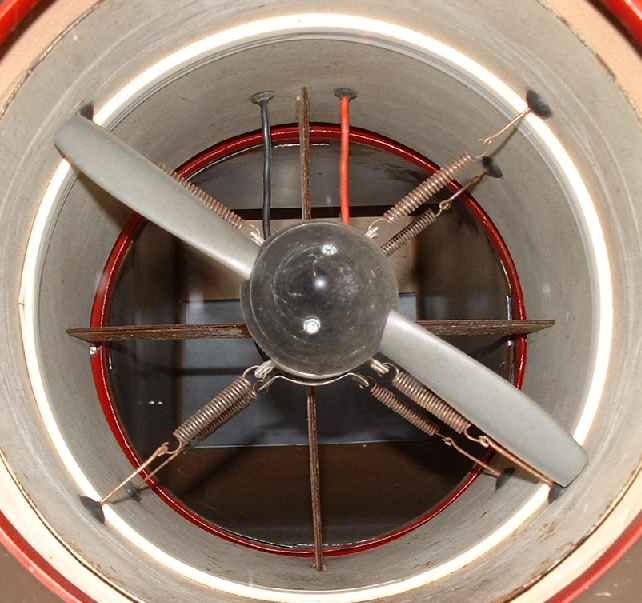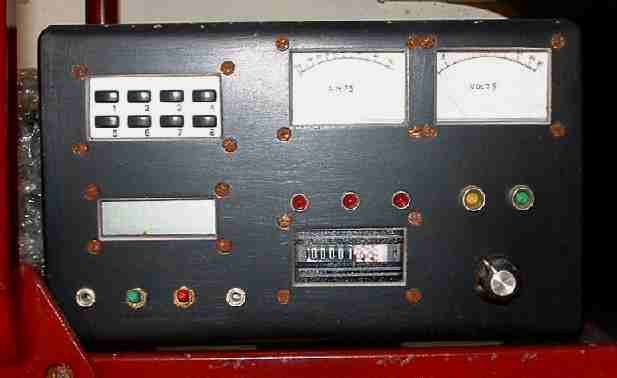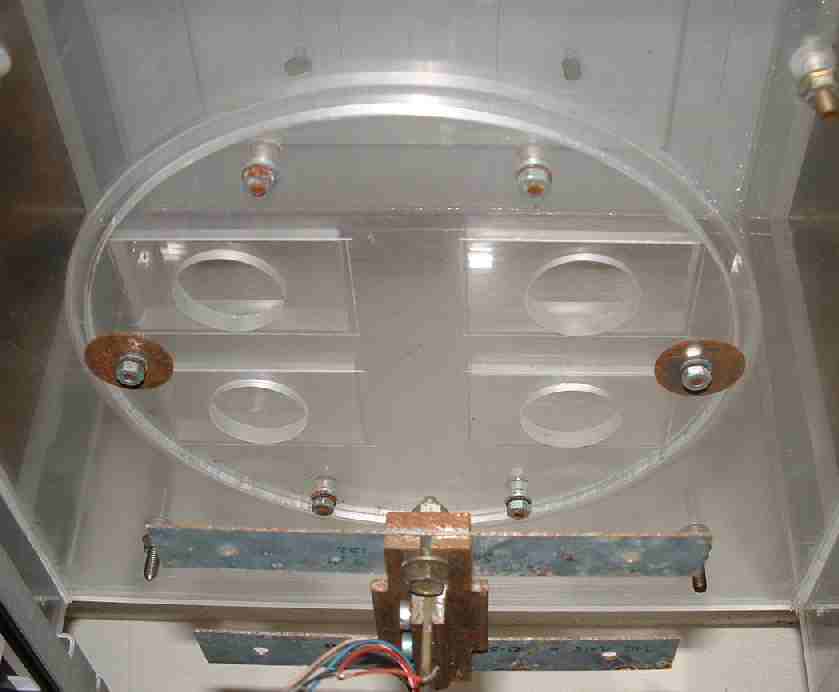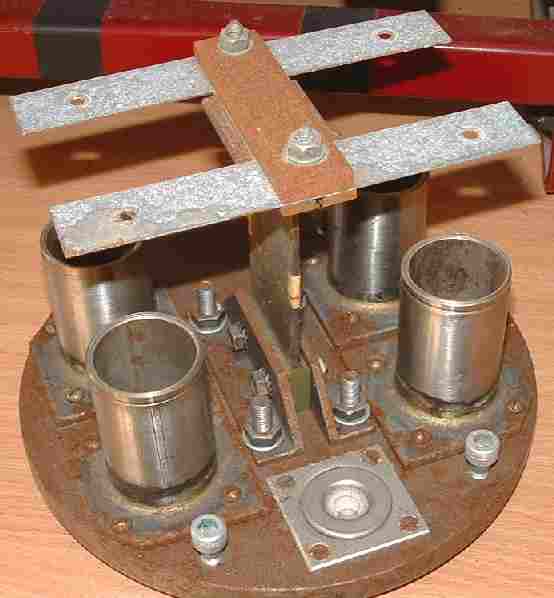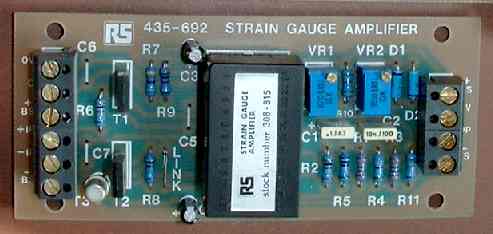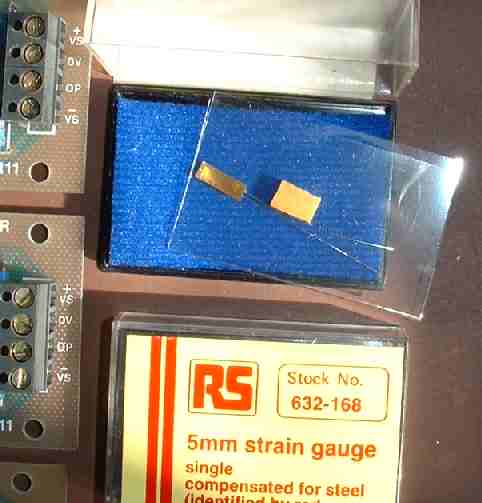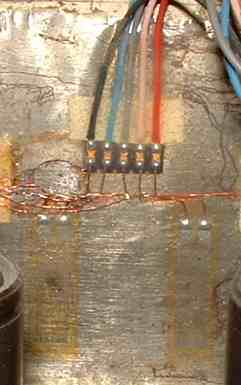|
NELSON KRUSCHANDL'S WIND TUNNEL EXPERIMENTS
|
|||
|
The designer of BE1, 2 & 3, Nelson Kruschandl, built a series of small wind tunnels to refine the aerodynamics of his vehicles. The tunnel shown below was the latest. It could accommodate 1/25th scale models. If you look closely a model of the BE1 is seen in the transparent observation module.
Nelson says: "A basic understanding of fluid dynamics is essential for every vehicle designer. Whether you are building a land speed record car, or a hyper efficient town buggy, you must have an idea of the forces acting upon the vehicle to achieve best results. Unfortunately, this is a highly specialised engineering field and somewhat of a black art."
"I decided to build my first wind tunnel just to get the feel for it. I'm glad I did. The first plywood tunnel I built was an open ended affair and took only a few days at a cost of £50." (Note 1980s prices)
"The closed circuit model shown on this page had a tubular steel support frame and welded aluminum tunnel walls. It took around three months to build, with a lot of delving into electronics, thereafter, at a total cost of £6,000." (Note: 1990s prices)
Strain gauges provided amplified measurement of drag, lift and down-force. A rotating table was incorporated so vehicle models could be tested in side wind conditions. Air temperature and wind speed were also monitored and smoke could be trailed over models to visualize airflow, to highlight problem areas. This tunnel could fit comfortably on an office desk. It measured just 60" x 40" x 15". Being a closed circuit design it was not unbearably noisy in operation.
A wind tunnel is a complex piece of engineering. The Wright Brothers were the first inventors to use such a tool to compile lift and drag tables for various wing shapes. It is much more difficult to design a balance to measure lift and down-force on each wheel of a vehicle. When working at such a small scale, accuracy of measurement is essential. Fortunately, electronics came to the rescue, with compensated amplifiers providing multiplication of movement by up to a thousand.
Wind tunnel instrument display - Lift/down force, drag and wind speed
The key component of any wind tunnel is the fan assembly. Take a look at the propeller and motor above. In is mounted on eight springs to reduce vibration. The whole fan module is then positioned on rubber mounts, which in turn channel vibration through a plywood frame. The net effect is to pass the vibration through materials with different natural frequencies, so acting as a vibration filter, much like coils and capacitors are used to filter out unwanted frequencies in Hi Fi speaker systems. Lead weights are also employed to give mass to the base frame unit.
The key component of any wind tunnel is the fan assembly. Take a look at the propeller and motor above. In is mounted on eight springs to reduce vibration. The whole fan module is then positioned on rubber mounts, which in turn channel vibration through a plywood frame. The net effect is to pass the vibration through materials with different natural frequencies, so acting as a vibration filter, much like coils and capacitors are used to filter out unwanted frequencies in Hi Fi speaker systems (I had thought to use stereo amplifiers, since they are far cheaper that dedicated strain gauge amplifiers). Lead weights are also employed to give mass to the base frame unit.
Spring mounted 1hp fan motor
It is necessary to have variable speed control of the main fan unit. The control panel above shows temperature gauge, amp and volt meters for the main motor and hours run meter. There are other switches for smoke trails, etc.
Wind tunnel control panel, temperature, hours, volts and amps
Plexiglas test chamber viewed from underneath
Strain gauges provided measurement of drag, lift and down-force. A rotating table was incorporated so vehicle models could be tested in side wind conditions. Air temperature and wind speed were also monitored and smoke could be trailed over models to visualize airflow, to highlight problem areas. This tunnel could fit comfortably on an office desk. It measured just 60" x 40" x 15". Being a closed circuit design it was not unbearably noisy in operation.
Five element balance with oil damping units (now rusted & slightly the worse for wear)
A wind tunnel is a complex piece of engineering. The Wright Brothers were the first inventors to use such a tool to compile lift and drag tables for various wing shapes. It is much more difficult to design a balance to measure lift and down-force on each wheel of a vehicle. When working at such a small scale, accuracy of measurement is essential.
RS strain gauge amplifier
Five of the above RS strain gauge amplifiers gave separate channels of information to provide a range of measurements to include drag, lift and down-force for each wheel.
Each amplifier is fed information from a bridge of four foil resistors bonded to each element of the balance, two on each side. There are five elements to the balance, consequently, you will need quite a few (20) strain gauges and some patience during the epoxy bonding and positioning. The marking out must be exceptionally accurate.
Single laser cut 5mm strain gauge - foil resistor
The components used in the above tunnel, were not exactly cheap if you are on a small budget, but more importantly, with suppliers such a Radio Spares (RS) they at least are widely available to amateur scientists and enthusiasts.
Strain gauges bonded to steel element - 2 on each side
JOYSTICK-CAR | WIND-TUNNEL | WIND TUNNEL DETAILS
INVENTORS A - Z
|
|||
|
This website is copyright © 1991- 2018 Electrick Publications. All rights reserved. The bird logo and names Solar Navigator and Blueplanet Ecostar are trademarks ™. The Blueplanet vehicle configuration is registered ®. All other trademarks hereby acknowledged and please note that this project should not be confused with the Australian: 'World Solar Challenge'™which is a superb road vehicle endurance race from Darwin to Adelaide. Max Energy Limited is an educational charity working hard to promote world peace.
|
